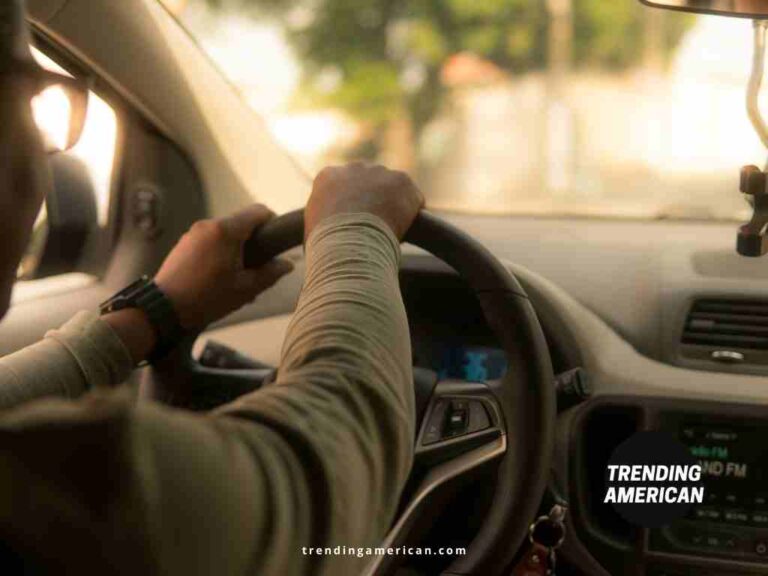5 Safety Tips To Consider Every Time You Use Tie-Down Straps
Image from Pexels
One of the most popular and secure methods of securing cargo is using ratchet tie-down straps. Whether you know them as tow straps, lashing straps or even tie-downs, if you’ve ever moved anything on a trailer, you’ll know exactly what we’re talking about.
Ensuring that you use your tie-down straps are used safely will safeguard against accidents or product damages. If you’re going to be using ratchet straps for the first time, this article will highlight the top safety tips you should consider every time you use any type of tow strap.
The Golden Rule – Safety First
Ratchet straps make it easy to transport a wide variety of items. Varying lengths and strengths make it possible to use them when moving everything from household furniture to much heavier vehicles. Let’s dive straight into the safety tips you should never ignore when you’re using a tow strap to move anything, even over the shortest distance.
- Always Choose the Right Strap
They may look the same but it’s crucial to know that there’s no “one size fits all” when it comes to ratchet straps. One of the biggest mistakes people make is to use the wrong straps which often ends in disaster. For one thing, a strap that isn’t strong enough can easily snap and cause your cargo to fall off the trailer during transit.
There are three crucial factors to consider when you’re shopping for the right tow strap:
- Length: Measure the size of your cargo beforehand to ensure that the strap will easily go over or around your cargo without being pulled too tight. A tow strap that’s too tight can either damage the cargo it’s securing or even snap.
- Weight: Check the capacity of the straps you’re considering. They must be able to hold the cargo without strain or too little support.
- Hooks: Just as there are different types of straps, there are also a variety of hooks suited to specific types of cargo. Never opt for the “cheap stuff” – rather speak to an expert to recommend the right hook and tow strap combination.
- Use The Tow Strap Correctly
Using the ratchet straps correctly goes hand in hand with choosing the right option. Incorrect use will cause damage to your cargo and the strap. More importantly it can put other people on the road in danger.
While they look simple enough to use, always follow the steps listed below:
- Step 1: Insert the loose end of the ratchet strap into the mandrel
- Step 2: Pull the strap through the mandrel’s slot and tighten the strap
- Step 3: Crank the ratchet by moving the handle up and down to tighten the strap
- Step 4: When the strap is tight enough, lock the handle in place
Release the ratchet strap by following two simple steps:
- Step 1: Squeeze the strap release bar
- Step 2: Open the ratchet to 180° and easily remove the strap
- Use the Right Quantity
When you’re using ratchet straps, it’s important to know the regulations that govern their use. In Australia, the transportation industry standard is to always double up on tow straps. Sometimes the weight and size of the cargo make it necessary to use more than two pairs.
Opting for a shortcut because the travel distance is short or the package is small could result in an accident if the strap snaps.
Securing cargo is one instance where too many will always be better than too few.
- Correct Storage is Crucial
The way you store your tow straps will determine how strong they are for the next use. Incorrect storage can cause tears or frays in the strap fabric which puts it at greater risk of snapping.
Some essential rules for ratchet strap maintenance and storage:
- Avoid moisture: Exposure to moisture can cause mould or mildew to build up on the fabric and weaken the fibres. If the straps rain wet, always air dry them thoroughly before storage.
- Prevent unnecessary friction: If the straps lie over each other on the cargo, they can rub against each other and cause the strap fabric to get hot from friction. This also weakens the fibres.
- Right storage: Always store your straps in a cool, dry cupboard. Placing them on the garage floor can expose them to moisture.
- Inspect Before Use
The rule of thumb with ratchet straps is to inspect them before every use. Check for tears, worn stitches or any other damages. Even minor nicks can result in straps tearing or snapping. It’s essential to check the hooks as well.
Don’t use old straps or hooks. Speak to a ratchet strap professional about how often the straps and hooks need replacing.
Final Thoughts
Performing a few safety checks on your ratchet straps shouldn’t take more than 20 minutes but will save you the stress of dealing with a snapped strap while in transit. Follow our safety guidelines to get your cargo delivered safely and keep everyone safe!







